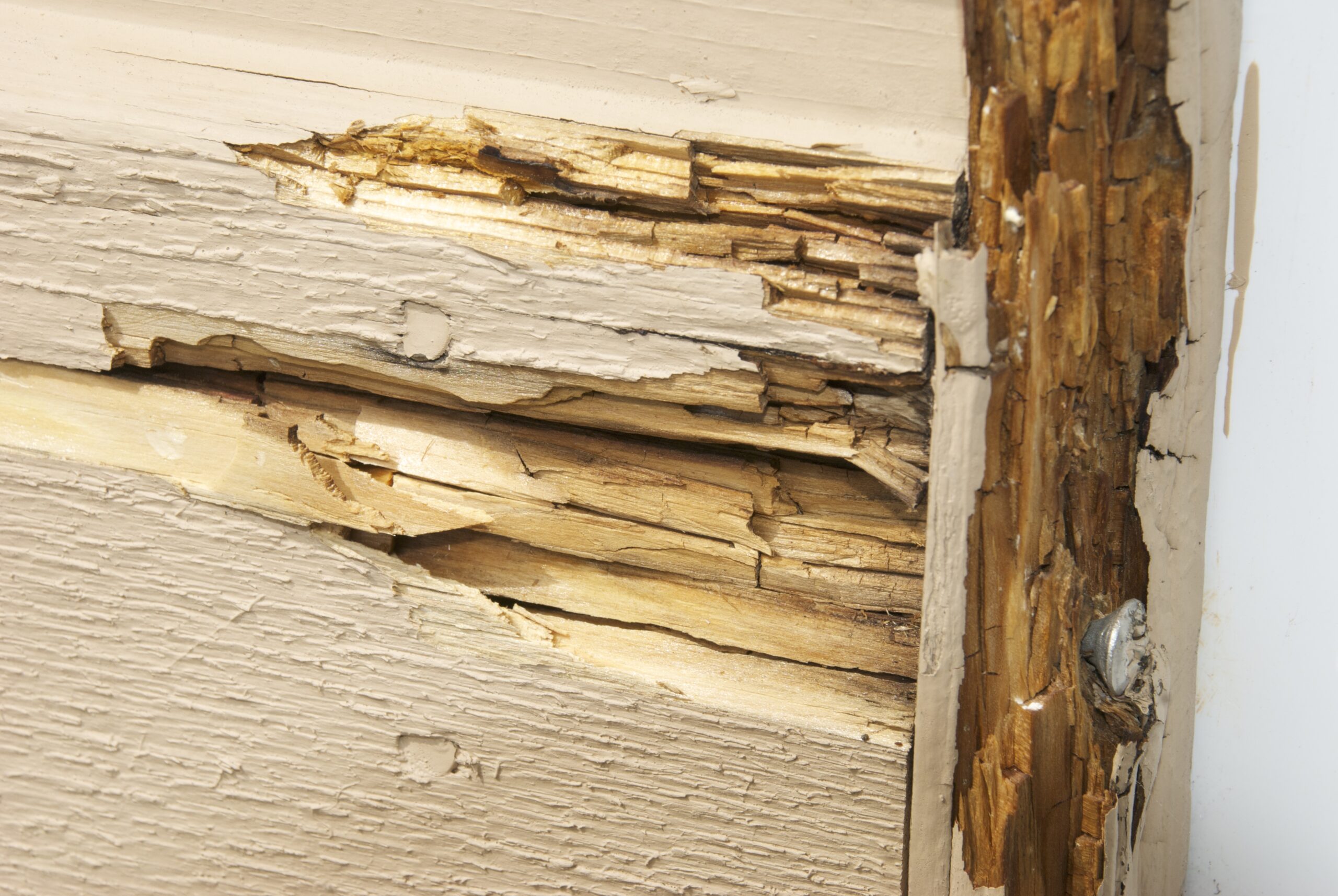Method A - wood-degrading fungi that rely on constant moisture supply
Control/prevention with Protox Fungus/Protox Kombi Aqua
Remove the moisture source and reduce the moisture content of the wood to max. 15 % before closing the structure again.
Cut away decayed wood and replace with new wood - possibly pressure-treated wood (NTR class AB). Intersections and surfaces of old and new wood are impregnated with Protox Sponge or Protox Kombi Aqua. Surface attacks can be chipped and treated with Protox Sponge or Protox Kombi Aqua.
Make sure that all masonry in contact with wood in the risk area is saturated with Protox Sponge.
Valve impregnation
In special cases, depth impregnation can be performed in wood and masonry with post-impregnation valves. Contact us for more information.
Method B - fungi that are partially self-sufficient in water - especially True House Fungus
Live mycelium from True House Fungus can transport water to a dry area of the building, wetting the wood and then attacking and degrading it.
It is therefore very important to find the total extent of damage
before you can start the actual fight against the infestation. If an area with a True House Fungus infestation in the building is overlooked, the entire remediation may end up being wasted. It is therefore necessary to systematically investigate the extent of the infestation and develop a treatment plan based on this. To ensure that all mycelium is controlled, a safety zone of 1 meter is included. It is recommended to contact a consultancy company specializing in determining the extent of True House Fungus.
In woodwork:
The most common control method is probably still the removal of all infested woodwork from the building and then destroying it. It is replaced with new pressure-treated wood (NTR class AB). Intersections of old and new wood are impregnated with Protox Sponge. Saturation is best achieved by injecting with impregnation valves. Alternatively, dipping and/or repeated brushing or spraying is possible.
In masonry:
Remove heavily attacked and weakened masonry. On masonry that is to be treated, knock off the plaster layer. On heavily attacked masonry with wood contact, such as beam ends, sills, window sills and staircases, scrape out joints to a depth of 2-3 cm. If necessary, burn the masonry with a blowtorch to burn off any remaining house fungal mycelium in the joints. Then treat with Protox Sponge and immediately grout the masonry again. Repeat the treatment with Protox Sponge and the wall can then be repaired or plastered. If the infestation is less severe, it may not be necessary to scrape out the joints. If heavily infested masonry is not removed, a protective membrane with Protox Sponge must be applied around the infested area - either by treating masonry taken down in strips or by impregnation with impregnation valves.
Method C - Fungi that do not degrade wood
The moisture source is found and removed. Remove fungal growth by brushing with a stiff broom or similar and saturate the surface with Protox Sponge or Protox Kombi Aqua.
